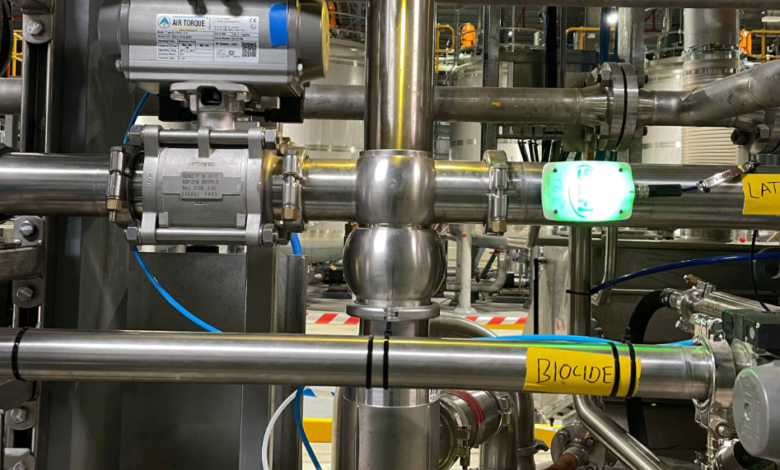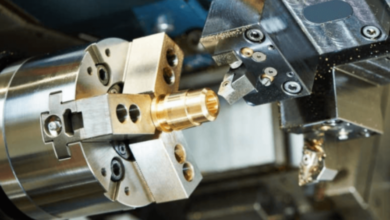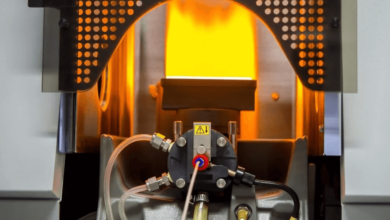Maximizing Product Efficiency with Pigging System Coatings in the Manufacturing Industry

In the highly competitive coatings industry, where quality, speed, and sustainability are paramount, manufacturers are continuously seeking technologies that reduce waste, enhance productivity, and ensure product integrity. One of the most impactful innovations achieving all three is the pigging system coatings solution.
Pigging systems are no longer limited to industries like food and beverage or pharmaceuticals. In recent years, they’ve become a critical part of process design in coatings manufacturing due to their exceptional ability to recover product, speed up changeovers, and minimize environmental impact. In this article, we dive deep into the value of implementing a pigging system coatings setup, how it works, and why it’s becoming a must-have in modern production plants.
What Is a Pigging System?
A pigging system involves the use of a device known as a “pig” that travels through a pipeline to recover residual product and clean the internal pipe surface. The pig is typically made of food- or solvent-grade flexible material, allowing it to tightly fit inside the pipe and push product forward while wiping away residue.
In coatings manufacturing—such as industrial paints, powder coatings, protective finishes, or specialty coatings—the pigging system coatings solution serves as a critical method for minimizing product loss and ensuring batch integrity.
The Challenge in Coatings Manufacturing
Coatings are complex products. They vary in viscosity, pigmentation, drying time, and chemical composition. Unlike thin fluids, coatings often cling to the internal surfaces of pipelines, making them difficult to flush completely. Frequent color changes, small batch runs, and the use of high-cost raw materials add further complications.
Traditionally, producers used large volumes of solvents or water to clean pipelines after each batch, leading to:
- Excessive product waste
- Costly solvent consumption
- Increased downtime
- Cross-contamination risk
- Environmental concerns from waste disposal
A pigging system coatings setup directly tackles these issues by recovering almost all usable product, reducing cleaning fluid use, and making the entire operation leaner and more sustainable.
See also: Leveraging Technology to Boost Business Efficiency
Key Benefits of Pigging System Coatings Technology
1. Maximum Product Recovery
A well-designed pigging system can recover up to 99.5% of coatings left inside a pipeline after a transfer. This recovered material can be returned to the batch tank or sent to packaging, saving thousands of liters of high-value coating per year.
2. Minimized Cross-Contamination
Coatings manufacturers frequently switch between colors, gloss levels, or chemical compositions. The pig thoroughly clears out leftover material, reducing the risk of contamination and eliminating costly rework or batch disposal.
3. Reduced Solvent and Water Usage
Since the pig removes nearly all product from the line, much less cleaning solution is needed. This not only cuts down material and disposal costs but also lowers VOC emissions and improves workplace safety.
4. Faster Changeovers
A pigging system coatings setup dramatically reduces the time required to clean a line between batches, enabling faster changeovers and higher production flexibility—especially beneficial for custom and short-run orders.
PLC or SCADA systems to ensure precision, safety, and reliability.
Ideal Coatings for Pigging Systems
While pigging systems can handle a wide range of coating types, the following are particularly well-suited:
- Solvent-Based Paints and Coatings: Often hazardous and expensive, these benefit most from reduced flushing and waste handling.
- Water-Based Coatings: Although more environmentally friendly, pigging still enhances recovery and reduces water use.
- High-Viscosity or Thick Film Coatings: Pigging is particularly effective with sticky or heavy coatings that are difficult to remove with flushing alone.
- Powder Coatings (Slurry Form): Some slurry-based coatings can be pigged, depending on their particle distribution and viscosity.
- Multi-Pigment Coatings: Color changeovers become quicker and cleaner using pigging technology.
Key System Components
A successful pigging system coatings installation includes:
- Pig: The main component, typically bullet-shaped and made from flexible materials that conform to the pipe’s interior.
- Launcher and Receiver: These allow the pig to enter and exit the pipeline safely.
- Valves and Actuators: Direct the flow of product and the pig throughout the system.
- Detection Sensors: Track pig location and signal the start/stop of the cleaning or transfer process.
- Automation System: Controls the timing, safety interlocks, and communication with broader manufacturing systems.
Implementation Considerations
Before integrating a pigging system coatings solution, manufacturers should evaluate:
- Pipeline Layout: Pigging is easiest in straight or gently curving pipes. Complex geometries may require custom-designed pigs.
- Material Compatibility: All system materials must resist corrosion and reactiveness with specific coating chemistries.
- Safety Compliance: Solvent-based coatings often require ATEX-rated systems for explosion-proof environments.
- Production Volume: High-throughput lines benefit most, but small-batch operations can also gain from reduced downtime and waste.
ROI and Cost Justification
While initial investment in a pigging system can vary depending on system complexity and automation level, ROI is typically rapid—often within 6 to 12 months. Companies save through:
- Less raw material waste
- Reduced solvent and water usage
- Lower labor and cleaning time
- Increased product output
- Fewer rejected or contaminated batches
Additionally, improved sustainability metrics can help companies gain certifications or comply with government regulations more easily.
Real-World Example: Industrial Coatings Manufacturer
An industrial coatings company based in North America installed a pigging system coatings solution on three of its high-volume lines. Previously, they used 80–100 liters of solvent per line change and lost 5–6 liters of coating per run.
Post-implementation results:
- Coating recovery: 98.8%
- Solvent use: Reduced by 70%
- Changeover time: Cut by 60%
- Annual savings: Over $150,000
- ROI: Achieved in just under 9 months
Conclusion
The pigging system coatings approach has emerged as one of the most valuable investments for manufacturers looking to streamline production, reduce waste, and improve sustainability in coatings manufacturing. Whether your operation is handling solvent-based, waterborne, or specialty coatings, pigging provides a smarter, cleaner, and more efficient way to manage your pipeline processes.
By recovering nearly all product, reducing contamination risk, and shortening cleaning cycles, pigging systems not only improve the bottom line but also help companies stay ahead in an increasingly sustainability-focused world.






